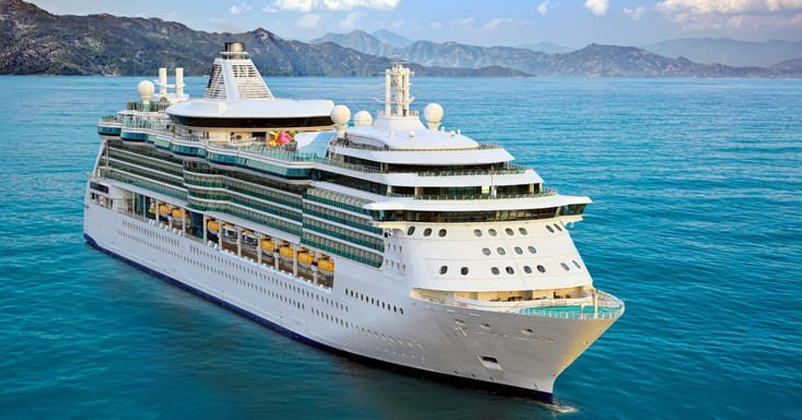INDIA’S CRUISE MOMENT HAS ARRIVED, BUT IT NEEDS TO STAY THE COURSE
04 Jul 2025 14:18:06

For decades, India’s maritime potential was spoken of in aspirational tones. Today, for the first time, that potential is being backed with vision, investment and regional alignment, particularly in the fast-growing cruise tourism sector.
The recently concluded ASEAN–India Cruise Dialogue in Chennai marked more than just another diplomatic engagement. It symbolised a serious bid by India to anchor itself as the cruise hub of the Global South. Delegates from all 10 ASEAN countries came together — not just to exchange views, but to align plans, streamline connectivity, and shape what could be the most significant cruise collaboration in the Indo-Pacific.
India is doing this from a position of strength. With 7,500 km of coastline, 110 navigable waterways, 1,300 islands, and a growing appetite for travel among its middle class, the fundamentals are robust. The numbers tell a compelling story too. In 2013–14, just 102 cruise ships docked at Indian ports. In 2024–25, that number touched 282. Passenger traffic has grown over fivefold in the same period. The government now targets one million sea cruise passengers and 1.5 million river cruise passengers annually by 2029.
But the true game-changer lies in intent. Under the leadership of Prime Minister Narendra Modi, the Centre has prioritised maritime growth as part of India’s broader economic and strategic vision. From uniform port charges to guaranteed berths for cruise liners, from digitised customs to e-visas and visa-on-arrival — the regulatory landscape is being reshaped to invite international operators and boost domestic uptake. India is also developing new cruise terminals, heritage circuits, lighthouse tourism hubs, and even greenfield marinas. The $5.3 billion investment pipeline for river cruise infrastructure alone is unprecedented.
The Cruise Bharat Mission, launched in 2024 under the guidance of Union Minister Sarbananda Sonowal, and the broader Maritime India Vision 2030, are timely and ambitious. But what made the Chennai dialogue stand out was its focus on collaboration. A proposed ASEAN–India Cruise Corridor, real-time tracking, shared routes, and cultural tourism circuits are all signs that India is thinking beyond itself — and that’s the only way to sustain momentum.
Still, caution is warranted. Cruise tourism is infrastructure-intensive and environmentally sensitive. Rapid growth must not come at the cost of sustainability, or local community buy-in. Equally, cruise success should also include the quality of experience, economic uplift for coastal regions, and long-term resilience.
India has set sail. The course is charted, the winds are favourable. What’s needed now is steady steering and regional trust. In that sense, the upcoming Indian Maritime Week in Mumbai later this year will not just be another event. It will be a crucial checkpoint for India’s maritime journey.